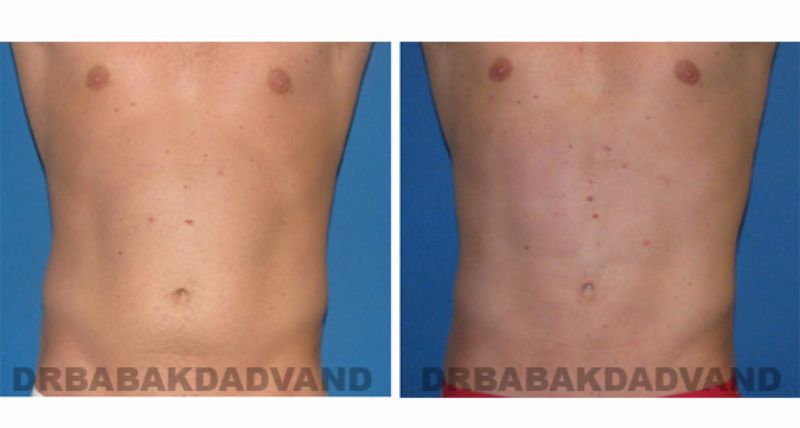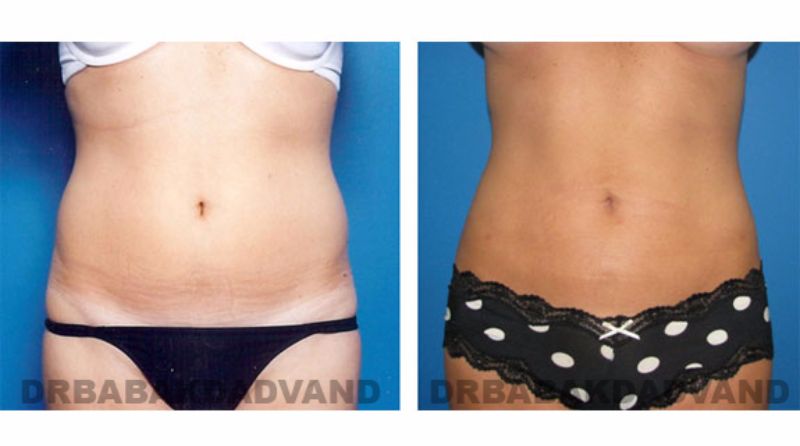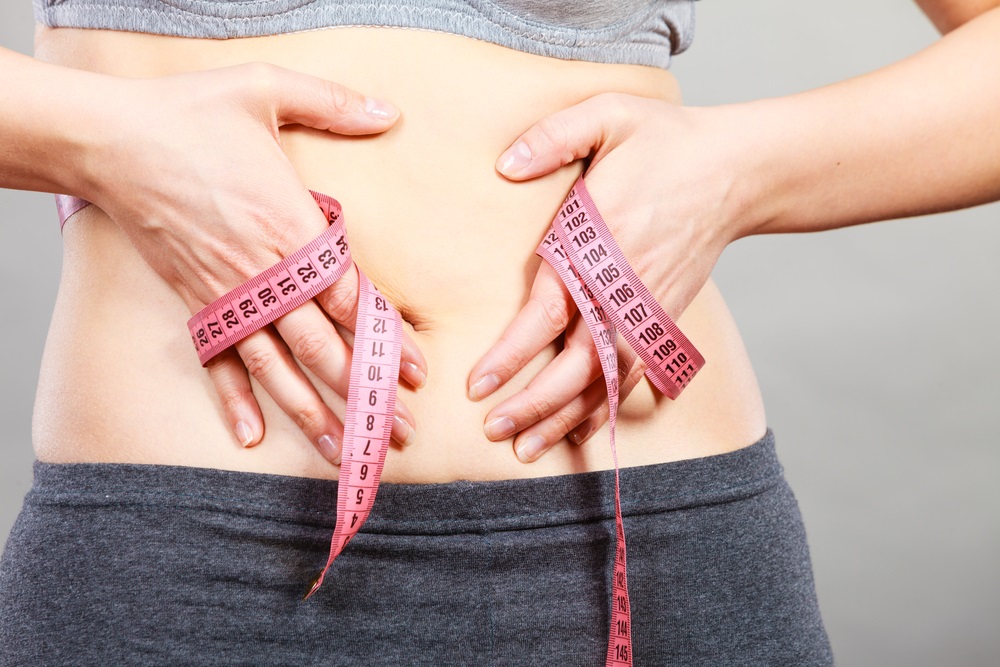When most people think of liposuction, they are more than likely thinking of the procedure’s traditional form known as suction-assisted liposuction or dry liposuction. However, liposuction has come a long way since its early days.
Dry liposuction simply involves inserting a small tube attached to a vacuum-like machine into a 2 – 3 millimeter incision in the body. The professional then moves the tube back and forth to suck the fat out.
Most other forms of liposuction, tumescent liposuction included, are variations on this classic cosmetic procedure that aim to make it more efficient, more comfortable, and above all, safer.
The History of Liposuction
Liposuction began in the 1970’s with the invention of the cannula, a small hollow instrument that can be inserted into the body and allows fat removal. This form of liposuction, however, would often result in blood loss that required blood transfusions.
The procedure was then refined with the creation of the wet technique, during which a professional would inject a saltwater solution into the fat before suction began. This resulted in less blood loss and better results overall.
“The original techniques of dry or wet liposuction are rarely performed today.” says Dr. R. Brannon Claytor of Claytor Noone Plastic Surgery near Philadelphia, Pennsylvania, “this is because such procedures would result in significant bleeding and therefore postoperative complications, which are undesirable.”
Tumescent liposuction was developed in 1985 as a further improvement to the wet method. “The major innovation here was to swell the tissues with infused fluid,” says Claytor. Although this was not the final innovation in the area, as more have followed in the years since, tumescent liposuction was a significant step forward, and it is still the most common method used today.
How Tumescent Liposuction Is Performed
Tumescent liposuction involves injecting a combination of diluted local anesthetics directly into the area where fat is to be removed. This fluid is a mixture of salt water called saline, a numbing agent known as lidocaine, and epinephrine, also known as adrenaline. Epinephrine is used to constrict the small blood vessels in tissue known as capillaries.
“When the amount of fluid infiltrated compared to the amount anticipated to be suctioned is a 1:1 ratio, it is called ‘superwet liposuction,’ and when the ratio is 3:1 it’s called ‘tumescent,’” says Dr. Babak Dadvand, a well known board certified plastic surgeon working in Beverly Hills, California. “For example, if I think I am going to need to suction 500 cc of fat from a given area, to perform tumescent liposuction, I would be infiltrating with 1500 cc of the fluid mixture.”
The procedure itself can vary greatly in length depending on the amount of fat removed. “Areas of small fat deposits may be removed as quickly as 15 to 30 minutes,” says Claytor. “Larger areas of fat deposits may require the patient to be moved or turned during the procedure, therefore dramatically increasing the time required for the procedure. This may go upwards of four hours.”
While the amount of fat removed also plays a large role in the recovery process, the area that the procedure is performed on impacts the healing process as well. “Liposuction of the neck will be a much quicker recovery than liposuction of the abdomen, flanks, and thighs all at once,” says Dadvand, “that being said, most patients are able to go back to work within 3 – 7 days.”
When compared to most major plastic surgery procedures, liposuction recovery is relatively quick. “This is largely due to two factors. The first is that the tumescent fluid allows for minimization of trauma to the tissues for a more rapid recovery. The second reason is that the surgical wounds are only about 2 – 3 millimetres in size,” says Claytor.
While returning to work can be quick, other restrictions are necessary to ensure proper recovery. “It’s recommended not to exercise or perform strenuous activities for about 4 – 6 weeks to allow the body to recover and the swelling to subside,” says Dadvand.
A Popular Procedure
Liposuction is among the most popular cosmetic procedures performed every year in the United States and around the world. According to the American Society for Aesthetic Plastic Surgery (ASAPS), almost 300,000 liposuction procedures were performed in the United States in 2018. In 2017, the International Society of Aesthetic Plastic Surgery (ISAPS) recorded 1.57 million liposuction procedures worldwide, making it the most performed invasive cosmetic procedure.
While liposuction is still most common for women, the trend is slowly showing signs of shifting. “There has been a dramatic increase in the number of men undergoing liposuction in the last 5 years,” says Dadvand. That being said, the ASAPS has found that only 45,000 men underwent liposuction in the U.S. in 2016. This is still drastically less than the roughly 369,000 liposuction procedures that were performed on women over the same time period.
A survey by the Penn State University School of Medicine found that between 1995 and 1998, there was a mortality rate of 1.9 per 10,000 liposuction procedures when performed by practitioners certified by the ASAPS. Due to a combination of increased regulation and refinement of techniques, this number has decreased over time.
“In trained, qualified hands, liposuction is a very safe procedure. That being said, no procedure is without risk,” says Dadvand, “although the chances are very low, there is always the risk of bruising, swelling, numbness to the skin, asymmetry, and contour abnormalities. The risks of fat embolism and damage to deeper structures or organs are exceptionally rare.” One of the most crucial factors in ensuring safety is the incremental removal of fat over several procedures if large amounts are to be removed.
Before and After

The tumescent liposuction before and after pictures below are courtesy of Dr. Babak Dadvand.
Above: Liposuction of the lower abdomen and flanks. Notice the improved contours in the patients’ lower abdomen, waist, and hips.
Above: Liposuction of the abdomen and flanks. Dr. Dadvand performed a combination of vaser and tumescent liposuction, as well as abs sculpting.
Above: Liposuction of the abdomen and flanks using the superwet technique.
Above: Liposuction of the abdomen and waist using superwet technique.
Liposuction Myths
As liposuction is one of the most prevalent cosmetic procedures in existence, it has accumulated a number of urban legends and fabrications associated with it. “One of the myths of liposuction is that if you gain weight the fat will come back in a different area, but not in the area that was suctioned,” says Dadvand, “this simply isn’t true. If someone gains weight after liposuction, they will gain fat in areas that weren’t suctioned, but they’ll certainly gain fat in the area that was suctioned too.”
This idea comes from the fact that our bodies have a limited number of lipocytes, cells that store fat. However, while liposuction removes some lipocytes, there is currently no way to remove all of these fat-storing cells without causing severe deformity.
“These cells have the ability to expand when we gain weight and shrink when we lose weight,” says Dadvand, “so even after having an area liposuctioned, there are less fat cells in that area after the procedure, the remaining fat cells have the ability to expand with weight gain.”
Some see liposuction as an easy weight loss solution that can replace exercise, but by and large they are mistaken. “The most important thing to know is that liposuction is a fantastic tool to contour the body but should not be looked at as a weight loss tool,” says Dadvand. Multiple studies have shown that over the years following liposuction, only patients that made changes to diet and exercise were able to keep the weight off.
It is also important to note that a study published in the British Medical Journal shows that liposuction in the abdomen area does not significantly affect the chances of developing higher blood pressure, abnormal cholesterol, or diabetes.












